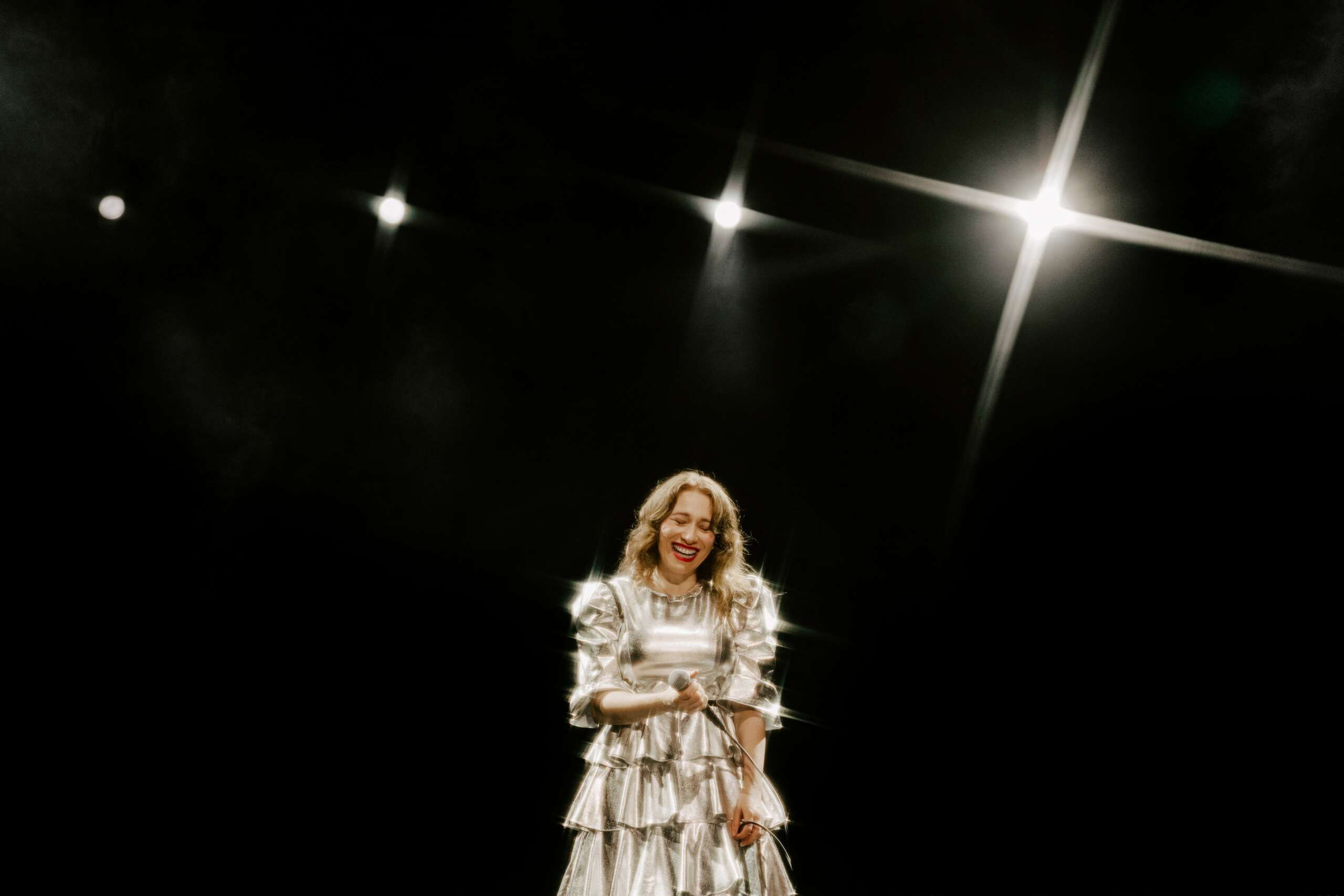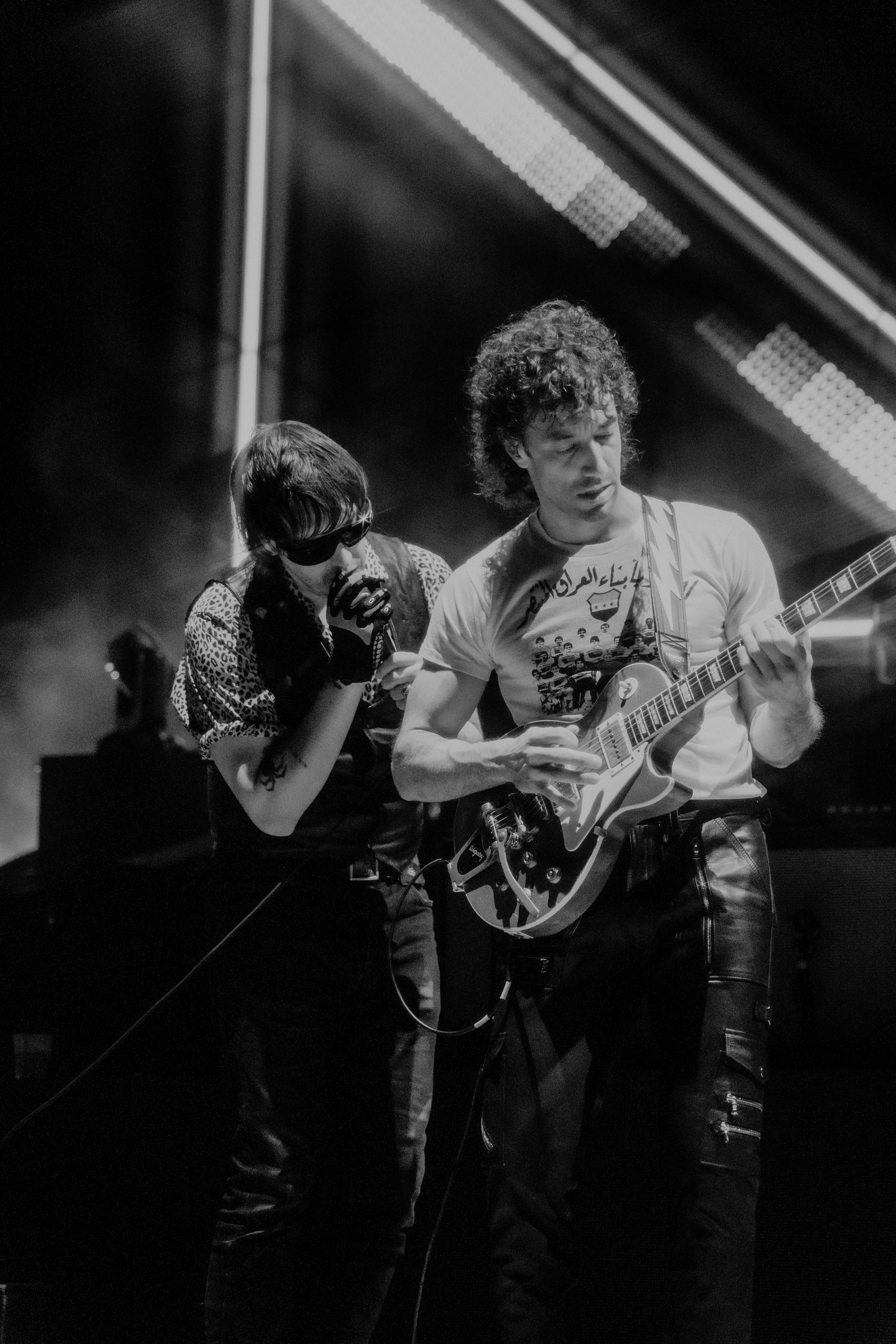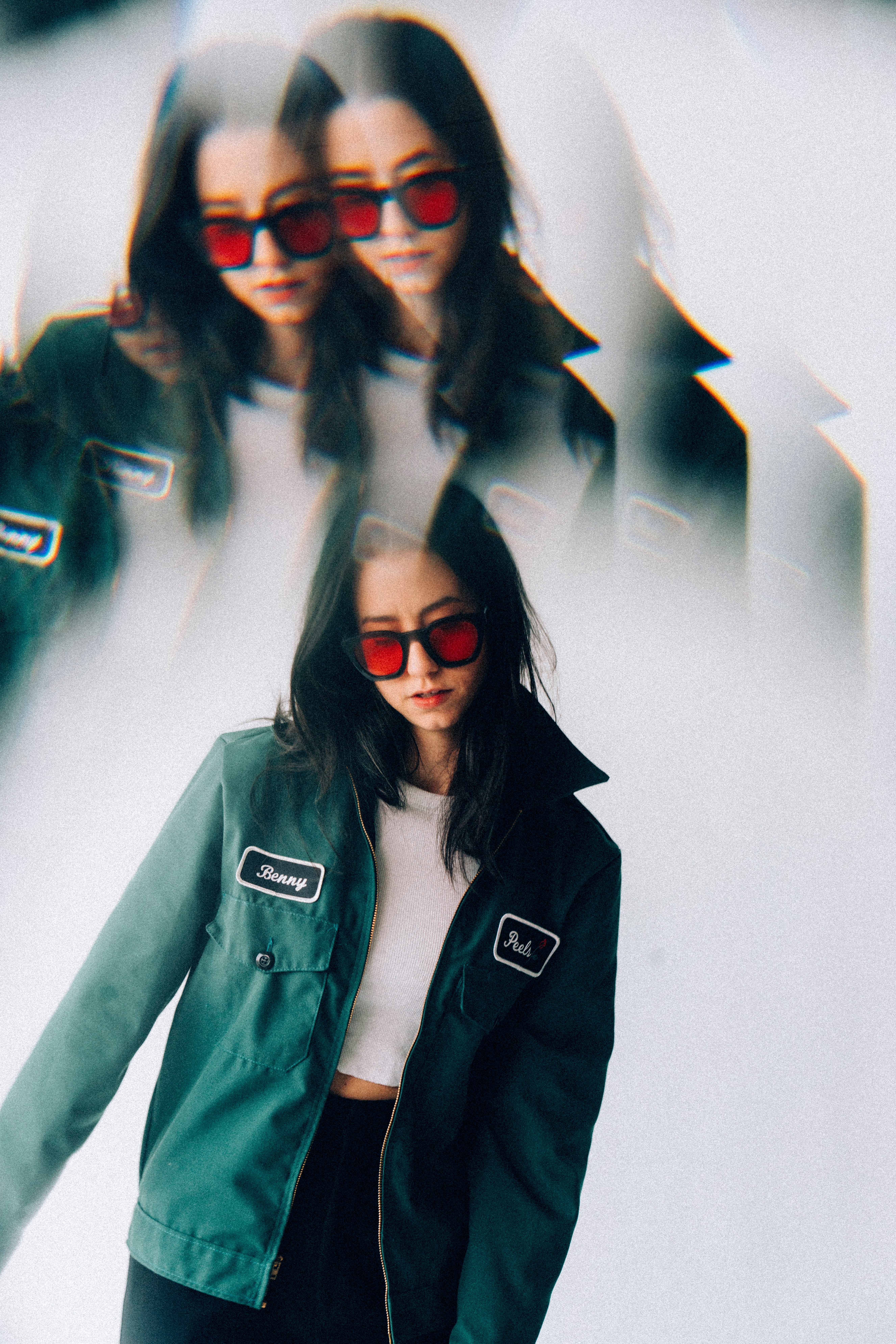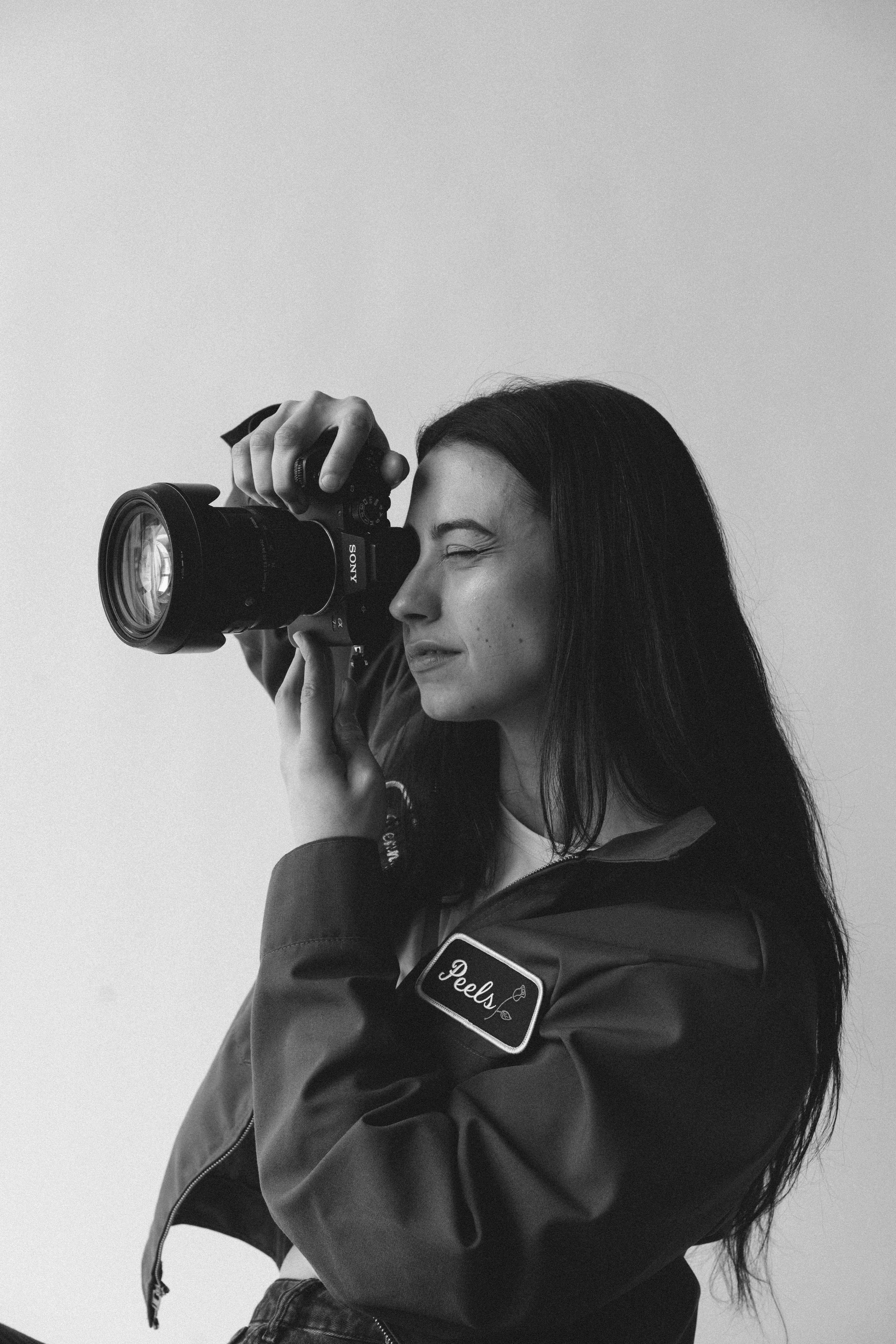We were lucky to catch up with Jenna Murray recently and have shared our conversation below.
Jenna, appreciate you joining us today. Can you talk to us about how you learned to do what you do?
I was somewhat forced into becoming a photographer. Allow me to clarify: I was not forcibly constrained and compelled to take photos, but rather faced with the ultimatum of either pursuing this path or not having health insurance.
I had been working at a bar for a while and was feeling thoroughly burnt out. Then, a marketing manager position opened up in the bar’s corporate office. Desperate to transition away from serving and secure health insurance, I decided to apply. However, given my limited marketing experience, I harbored doubts about my chances of landing the job. Much to my surprise, I did. Within my first week, I was informed that I would be responsible for developing the company’s social media presence. This was long before the advent of influencer culture, TikTok, reels, and the like. I mean, at that time, direct messaging wasn’t even a thing yet.
During a conversation with the owners, I stressed the importance of developing content for the company’s social media accounts. At its most fundamental level, this content consisted of photographs. Their response was, “Okay, so how do we go about creating photos?” I explained that we needed a photographer. Their rebuttal was, “You’re creative; you can be the photographer.” I pushed back, explaining that photography is a highly technical craft, far beyond my expertise in fine arts. I had no knowledge beyond the most basic camera operations. What I did possess, however, was a “sink-or-swim” mentality and a Nikon Cool Pix Zoom that had been gathering dust in my apartment since Christmas years prior.
So, I brushed off the camera and turned to YouTube, albeit initially feeling overwhelmed by the vast amount of information available. I started with some basic videos and a lot of Googling—what’s ISO? What’s focal length? How does aperture work? Which lenses will give me this effect? How do I get the blurred background? And so on.
The company was relatively young and still finding its footing, leaving me without a creative team or substantial resources to support my photography learning journey. It was just me, YouTube, Google, and a slew of unsolicited criticism from individuals who knew little about photography or creative pursuits. Social media at the time was more about sharing photos of your life than networking with other creatives, so my photography journey began in isolation.
I faced a torrent of criticism from the company—so much so that I lost count of the meetings where I was repeatedly told how inadequate I was. During one particularly memorable meeting, a director looked me straight in the eye and asked, “Do you really think you’re a good photographer?” I glanced at my coworker across the table, holding back tears, and she silently mouthed, “Have a backbone.” Summoning every ounce of courage, I replied, “Yeah, I do,” though I was far from convinced. He shrugged, and the meeting moved on. However, that moment was a catalyst; propelling me to devote most of my free time to learning as much as I could about photography. Eventually, I purchased a better camera from a friend who was on the verge of becoming a prominent photographer himself.
Looking back, I realize I should have sought guidance from other photographers rather than being so hesitant and self-conscious about my lack of skill and knowledge. I believe that would have accelerated my technical proficiency.
If I had to pinpoint my most essential skill in pursuing photography, it would have to be perseverance. Learning the technical aspects is relatively straightforward with practice. The greatest challenge lies in maintaining the mental resilience required to weather the initial stages of any endeavor, accepting that incompetence is a natural part of the learning process. You have to be bad before you can be good. Moreover, such experiences shape and mold you. Working and learning in an environment characterized by criticism and negativity was undeniably arduous and frustrating. However, my love for the craft compelled me to persevere, driving me to press on despite the obstacles.



Jenna, love having you share your insights with us. Before we ask you more questions, maybe you can take a moment to introduce yourself to our readers who might have missed our earlier conversations?
I’ve had quite the winding creative career path. Back in high school, I was all about fine art, especially painting and drawing. When it came time to choose a college, I didn’t think art school was the ticket to success, but my passion for fashion led me to pursue fashion design instead. I studied both women’s and men’s wear and landed a gig in luxury fashion when I first moved to New York. There, under the wing of the director of women’s wear wovens, I soaked up knowledge like a sponge. She was kind yet direct, and her talent was downright intimidating. Her approach to design—always striving for the best solution, regardless of whose idea it was—left a lasting impression on me, a mentality I still swear by today.
One day, out of the blue, she sat me down and hit me with some hard truths. “If you don’t want to be stuck making $50,000 a year at my age,” she said (she was 35 at the time), “you might want to consider another path.” She painted a grim picture of the fashion industry’s future, warning that social media would shake things up big time, and the traditional fashion route might not lead to success. I brushed it off as her way of telling me to bail while I still could. But as time went on, every word she said seemed to come true, like she had a crystal ball. I’ll forever be grateful for her honesty.
So, I ditched fashion and ended up working at a bar. I was young, craving that wild New York lifestyle, and needed to pay the bills. But the burnout hit hard, and I found myself taking on a marketing job at the bar’s corporate office, where I was roped into becoming a photographer (see previous question), among other things. I joke that I have creative ADHD—I get obsessed with a creative pursuit, dive into it headfirst, then move on when I get bored. So, during my serving days, I taught myself how to build websites and picked up some basic coding skills. Plus, my fashion school background gave me a solid foundation in graphic design, and I’ve always had a knack for drawing. When I took the marketing job, I threw all my skills into the mix, and of course adding photography to my resumé. A coworker, now a good friend, called me out on not sharing my photos anywhere. I shrugged it off, feeling like nobody cared (thanks to all that negative feedback from corporate). But he literally called me an idiot to my face and insisted that people would care and that I was talented. A few weeks later, I landed my first freelance gig in photography, starting with food and beverage, then events, portraits, and beyond.
As freelance gigs started rolling in, more and more people started recognizing my name. Then one fateful night in Williamsburg, while out with friends, I got a call: “Hey, ever shot a concert before?” Nope, I hadn’t. But the event organizer was in a bind, and I happened to be in the right place at the right time. I didn’t even have my camera with me, they had one on site so I headed over. That night changed everything. Sure, I wasn’t used to the concert lights (mostly red and blue), but I had a blast. I got up close and personal with the musicians who were having as much fun with me as I was with them, got super creative with my shots, and thought, “Wow, this is FUN.” I’ve always loved photography, but music photography? That’s a whole different ball game—high risk, high reward—and I was hooked.
Then COVID hit. I was lucky to keep my job, but I was miserable. So, two months in, I said screw it and quit. I took a solid two months off to soul-search, asking myself those big scary questions: What am I doing? Where am I going? That’s when I decided to start my own business, Spilled Milk Creative, focusing on brand development and photography. It’s my “day job” that pays the bills and lets me be my own boss. But it also frees me up to pursue music photography, my true passion. It’s breathed new life into my creative soul after what felt like a death knell. I told myself run towards this with everything you got. I had nothing to lose and nothing to prove. It was me against me. That mentality has lead me to some success with it and see more success the future coming my way.



What’s a lesson you had to unlearn and what’s the backstory?
Looking back on my time in corporate, I try to find the positives that emerged from an incredibly toxic period. Not many photographers get paid to be bad and learn, but I did, and for that, I am forever grateful. Even though my work was degraded almost constantly until I left (I had come a long way since the beginning), they never fired me, and I’ll forever wonder why.
Then, one night, a longtime friend—a very successful creative director and somewhat of a mentor to me—was visiting. I was lamenting about how terrible my job was and how I’d exhausted every option to prove my creative worthiness. Maybe I am bad? I mused. Then, he said something that blew my mind. He said, “You’re not bad; your audience is.”
That statement marked a significant shift in my perception of my work. I had to unlearn the belief that I needed people’s approval to validate my work. After sharing a few stories and showing him some ideas (which never came to fruition because of corporate opinion), he reassured me, “This is not bad. You’re not bad. These people have no taste.”
If I can offer any advice to any creative or business owner reading this, it’s this: Create for yourself, and the right audience will appreciate it. Not the other way around.
What’s the most rewarding aspect of being a creative in your experience?
First, I’ll speak from a purely creative perspective. When you photograph a concert, you take a thousand photos. It’s akin to shooting action; sports are the same way. You leave the show, you’re sweaty, exhausted—it’s incredibly physical—and you’re hungry, etc. Then, you get home, and it’s time to edit. Editing is enjoyable, but it’s also tedious and time-consuming. Plus, with music, you often have to get it done right after the show, sometimes even overnight. Pulling all-nighters is not uncommon. You sort through the photos and begin the process, experiencing waves of emotions—moments of “wow, I got nothing,” or “that moment doesn’t look how I thought it would,” or “these lights (or lack thereof) are so bad, how am I going to fix this?” But then, you come across a photo that’s so good, it gives you goosebumps or an intense feeling of “holy shit, it worked.” That’s what makes it all worth it. And then, you want to do it again and again.
Secondly, there’s the aspect of being paid for your vision, talent, skills, and hard work. It’s a tangible reward, but nothing compares to being recognized and compensated accurately for your work. Most creatives have spent years honing their craft and finding the best possible solutions, the quickest ways to achieve their vision. So, it’s crucial: PAY ARTISTS AND CREATIVES.
Contact Info:
- Website: jennamurray.com
- Instagram: instagram.com/jennamurray
- Twitter: @jennamurray
- Other: Spilledmilkcreative.com
Image Credits
Portraits of Jenna by Victoria Morris Music Photos by Jenna Murray


